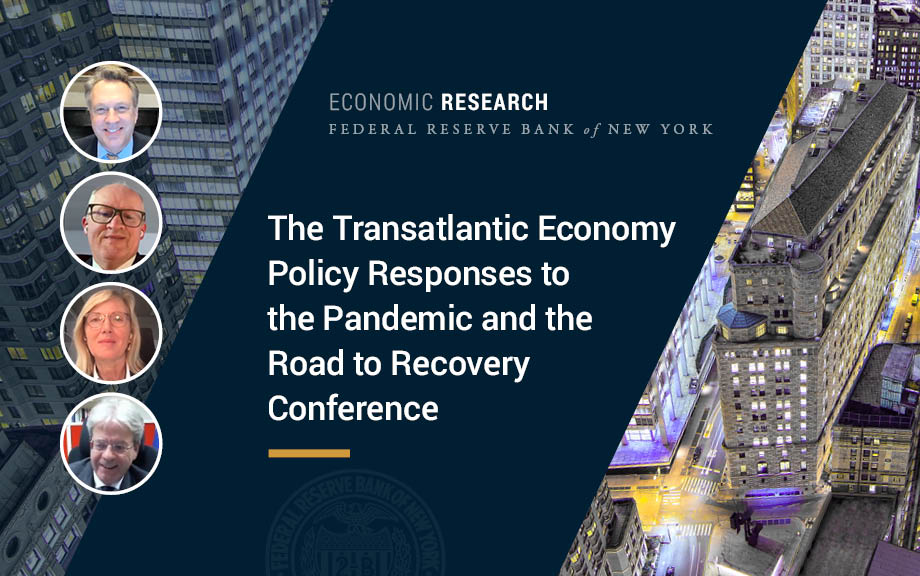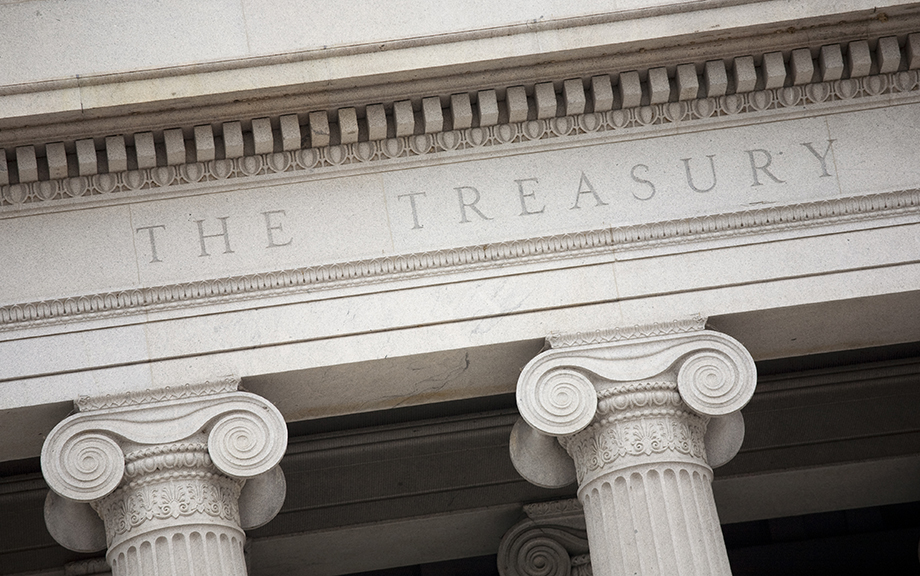Remote Work Is Sticking

When the pandemic hit in early 2020, many businesses quickly and significantly expanded opportunities for their employees to work from home, resulting in a large increase in the share of work being done remotely. Now, more than two years later, how much work is being done from home? In this post, we update our analysis from last year on the extent of remote work in the region. As has been found by others, we find that some of the increase in remote work that began early in the pandemic is sticking. According to firms responding to our August regional business surveys, about 20 percent of all service work and 7 percent of manufacturing work is now being conducted remotely, well above shares before the pandemic, and firms expect little change in these shares a year from now. While responses were mixed, slightly more firms indicated that remote working had reduced rather than increased productivity. Interestingly, however, the rise in remote work has not led to widespread reductions in the amount of workspace being utilized by businesses in the region.
The Disconnect between Productivity and Profits in U.S. Oil and Gas Extraction

U.S. oil and gas production boomed during the years leading up to the pandemic. From 2011 to 2019, oil production more than doubled and dry natural gas production rose by more than half. Remarkably, these gains occurred despite lackluster investment spending and hiring. Instead, higher production came largely from productivity gains, via wider adoption of fracking technologies. More recently, production recovered sluggishly from the pandemic downturn despite a quick recovery in prices. Our analysis in this post suggests that slower productivity growth and investors’ demand for higher returns have made U.S. firms willing to boost output only at a higher threshold oil price.
Three Key Facts from the Center for Microeconomic Data’s 2022 Student Loan Update

Today, researchers from the Center for Microeconomic Data released the 2022 Student Loan Update, which contains statistics summarizing who holds student loans along with characteristics of these balances. To compute these statistics, we use the New York Fed Consumer Credit Panel (CCP), a nationally representative 5 percent sample of all U.S. adults with an Equifax credit report. For this update, we focus on individuals with a student loan on their credit report. The update is linked here and shared in the student debt section of the Center for Microeconomic Data’s website. In this post, we highlight three facts from the current student loan landscape.
Pandemic Wage Pressures

The recovery since the onset of the pandemic has been characterized by a tight labor market and rising nominal wage growth. In this post, we look at labor market conditions from a more granular, sectoral point of view focusing on data covering the nine major industries. This breakdown is motivated by the exceptionality of the pandemic episode, the way it has asymmetrically affected sectors of the economy, and by the possibility of exploiting sectoral heterogeneities to understand the drivers of recent labor market dynamics. We document that wage pressures are highest in the sectors with the largest employment shortfall relative to their pre-pandemic trend path, but that other factors explain most of the wage growth differentials. We suggest that one key factor is the extent of physical contact that has had to be compensated for by offering higher wages. One implication of our analysis is that, as COVID-related factors recede, sectoral imbalances could be restored from the supply side as employment recovers back toward the pre-pandemic trend.
Historically Low Delinquency Rates Coming to an End

Total household debt increased by $312 billion during the second quarter of 2022, and balances are now more than $2 trillion higher than they were in the fourth quarter of 2019, just before the COVID-19 pandemic recession, according to the Quarterly Report on Household Debt and Credit from the New York Fed’s Center for Microeconomic Data. All debt types saw sizable increases, with the exception of student loans. Mortgage balances were the biggest driver of the overall increase, climbing $207 billion since the first quarter of 2022. Credit card balances saw a $46 billion increase since the previous quarter, reflecting rises in nominal consumption and an increased number of open credit card accounts. Auto loan balances rose by $33 billion. This analysis and the Quarterly Report on Household Debt and Credit use the New York Fed Consumer Credit Panel, based on credit data from Equifax.
The Transatlantic Economy Policy Responses to the Pandemic and the Road to Recovery Conference

The Federal Reserve Bank of New York, the European Commission, and the Center for Economic and Policy Research (CEPR) jointly organized the conference “Transatlantic Economic Policy Responses to the Pandemic and the Road to Recovery,” on November 18, 2021. The conference brought together U.S. and European-based policymakers and economists from academia, think tanks, and international financial institutions to discuss issues that transatlantic policymakers are facing. The conference was held before the Russian invasion of Ukraine and the global monetary tightening. Still, its medium to long-term focus provides interesting insights on economic policy challenges ahead.
The Bond Market Selloff in Historical Perspective

Treasury yields have risen sharply in recent months. The yield on the most recently issued ten-year note, for example, rose from 1.73 percent on March 4 to 3.48 percent on June 14, reaching its highest level since April 2011. Increasing yields result in realized or mark-to-market losses for fixed-income investors. In this post, we put these losses in historical perspective and investigate whether longer-term yield changes are better explained by expectations of higher short-term rates or by investors demanding greater compensation for holding Treasury securities.
Do Corporate Profits Increase When Inflation Increases?

When inflation is high, companies may raise prices to keep up. However, market watchers and journalists have wondered if corporations have taken advantage of high inflation to increase corporate profits. We look at this question through the lens of public companies, finding that in general, increased prices in an industry are often associated with increasing corporate profits. However the current relationship between inflation and profit growth is not unusual in the historical context.
The Global Dash for Cash in March 2020

The economic disruptions associated with the COVID-19 pandemic sparked a global dash-for-cash as investors sold securities rapidly. This selling pressure occurred across advanced sovereign bond markets and caused a deterioration in market functioning, leading to a number of central bank actions. In this post, we highlight results from a recent paper in which we show that these disruptions occurred disproportionately in the U.S. Treasury market and offer explanations for why investors’ selling pressures were more pronounced and broad-based in this market than in other sovereign bond markets.
Consumer Scores and Price Discrimination

Most American consumers likely are familiar with credit scores, as every lender in the United States uses them to evaluate credit risk. But the Customer Lifetime Value (CLV) that many firms use to target ads, prices, products, and service levels to individual consumers may be less familiar, or the Affluence Index that ranks households according to their spending power. These are just a few among a plethora of scores that have emerged recently, consequence of the abundant consumer data that can be gathered online. Such consumer scores use data on age, ethnicity, gender, household income, zip code, and purchases as inputs to create numbers that proxy for consumer characteristics or behaviors that are of interest to firms. Unlike traditional credit scores, however, these scores are not available to consumers. Can a consumer benefit from data collection even if the ensuing scores are eventually used “against” her, for instance, by enabling firms to set individualized prices? Would it help her to know her score? And how would firms try to counteract the consumer’s response?










 RSS Feed
RSS Feed Follow Liberty Street Economics
Follow Liberty Street Economics